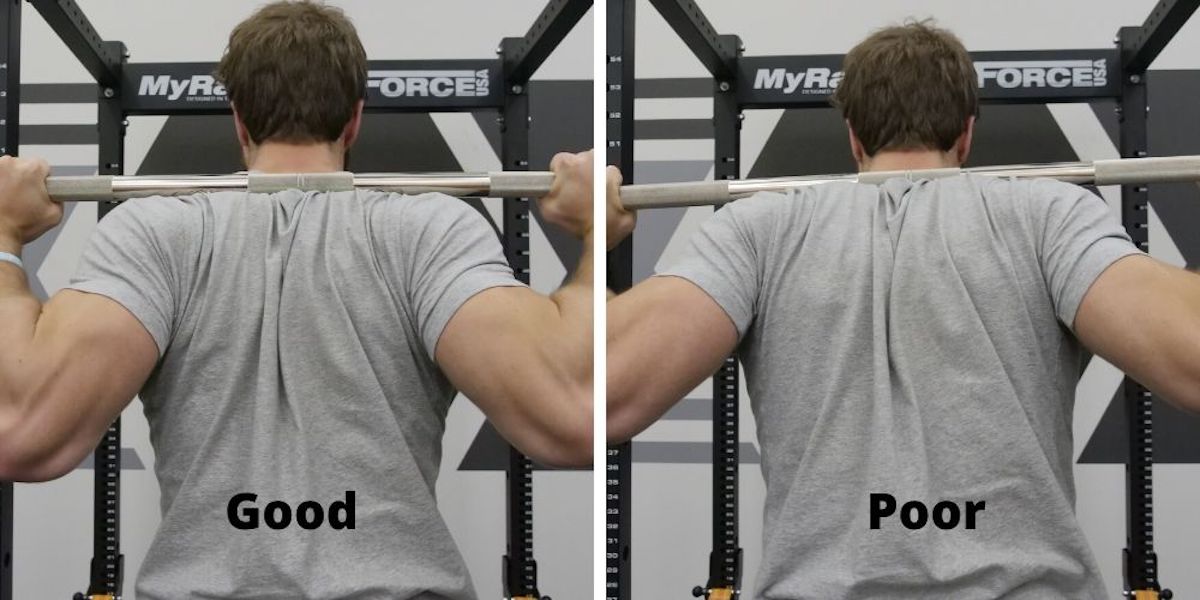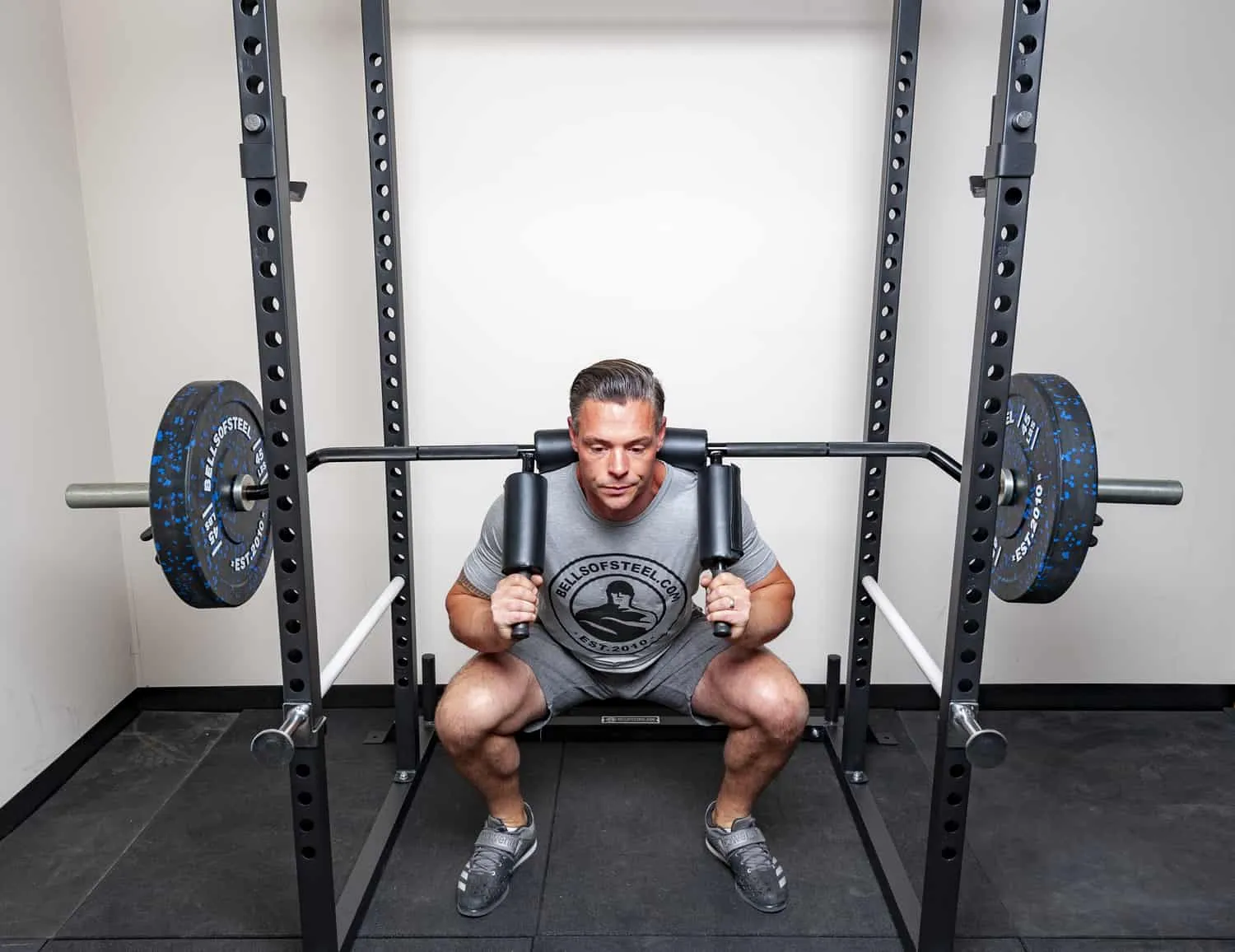
Squatting is one of the most effective exercises for strengthening your lower body, especially your legs and glutes. However, if you're not sure where to put the bar when squatting, you might be missing out on the benefits of this exercise or worse, you might even be putting yourself at risk of injury. In this article, we'll discuss the different bar placements for squatting and which one is best for you.
High Bar Squat vs. Low Bar Squat

Before we dive into the different bar placements, it's important to understand the difference between high bar squat and low bar squat. High bar squat is when the bar is placed on top of your traps, while low bar squat is when the bar is placed on your rear delts, closer to your spine. The position of the bar affects your center of gravity and the muscles that are targeted during the exercise.
High Bar Squat Bar Placement

If you're doing high bar squat, the bar should be placed on top of your traps, just below your neck. This position allows you to maintain an upright posture and keep your torso vertical. It also targets your quads, glutes, and hamstrings equally. To assume the correct position, stand with your feet shoulder-width apart and grip the bar with your hands slightly wider than your shoulders. Place the bar on top of your traps and lift it off the rack.
Low Bar Squat Bar Placement

If you're doing low bar squat, the bar should be placed on your rear delts, closer to your spine. This position allows you to lean forward more and engage your hips and hamstrings more. It also reduces the range of motion of the exercise and allows you to lift heavier weights. To assume the correct position, stand with your feet slightly wider than shoulder-width apart and grip the bar with your hands wider than your shoulders. Place the bar on your rear delts and lift it off the rack.
Front Squat Bar Placement

Front squat is another variation of squatting that targets your quads, glutes, and core. In this exercise, the bar is placed in front of your body, across your shoulders. To assume the correct position, stand with your feet shoulder-width apart and grip the bar with your hands slightly wider than your shoulders. Raise the bar and bring it across your shoulders, keeping your elbows up and your chest out. This position allows you to maintain an upright posture and keep your torso vertical.
Overhead Squat Bar Placement
Overhead squat is an advanced exercise that requires excellent mobility, stability, and coordination. In this exercise, the bar is placed overhead, with your arms fully extended. To assume the correct position, stand with your feet shoulder-width apart and grip the bar with your hands slightly wider than your shoulders. Raise the bar overhead and keep it stable, while you squat down. This exercise targets your entire body, especially your shoulders, core, and legs.
Conclusion
The bar placement is an important factor in squatting, as it affects your posture, center of gravity, and the muscles that are targeted. High bar squat is recommended for beginners and those who want to target their quads, glutes, and hamstrings equally. Low bar squat is recommended for advanced lifters who want to lift heavier weights and engage their hips and hamstrings more. Front squat and overhead squat are variations of squatting that target different muscle groups and require different bar placements. Whatever bar placement you choose, make sure to maintain proper form, breathe properly, and use a weight that allows you to perform the exercise safely and effectively.